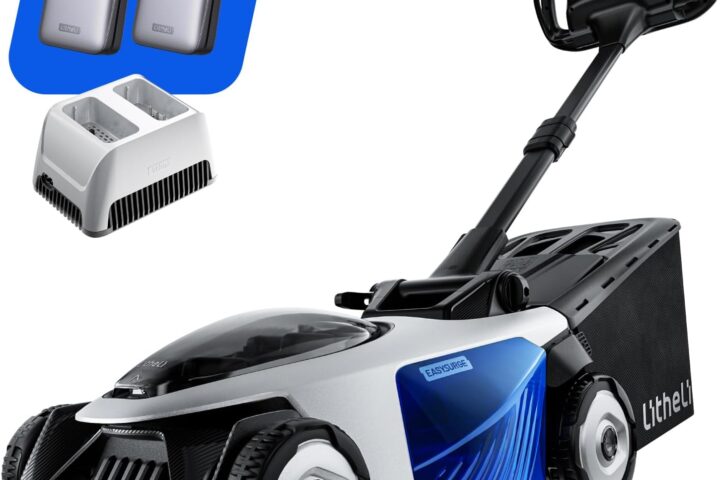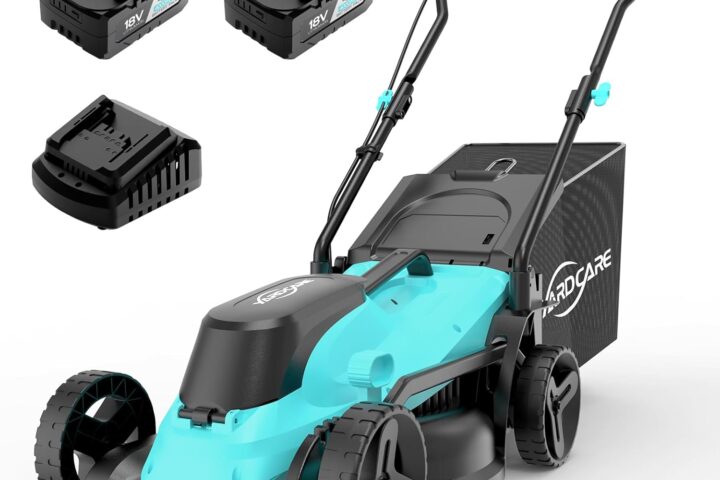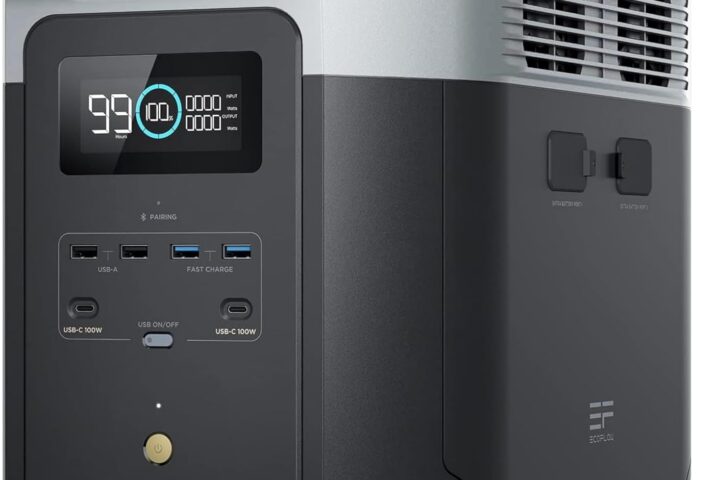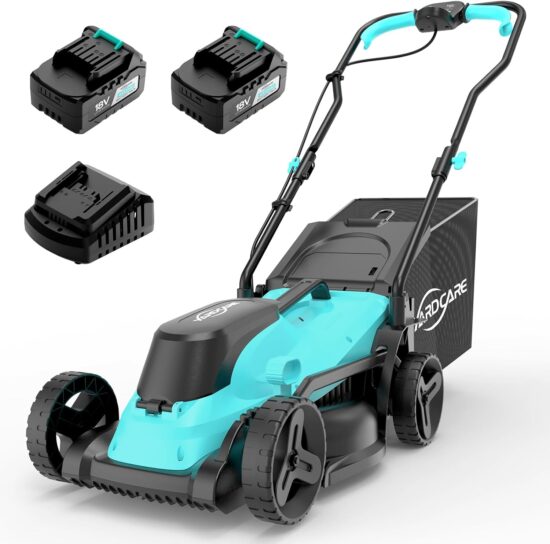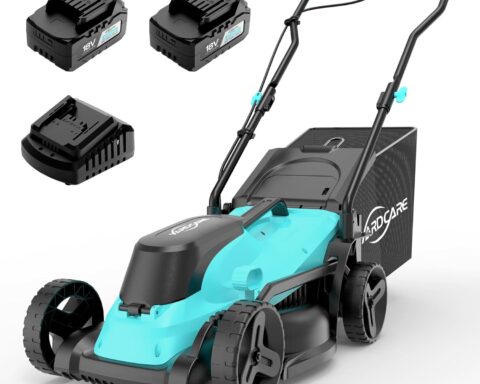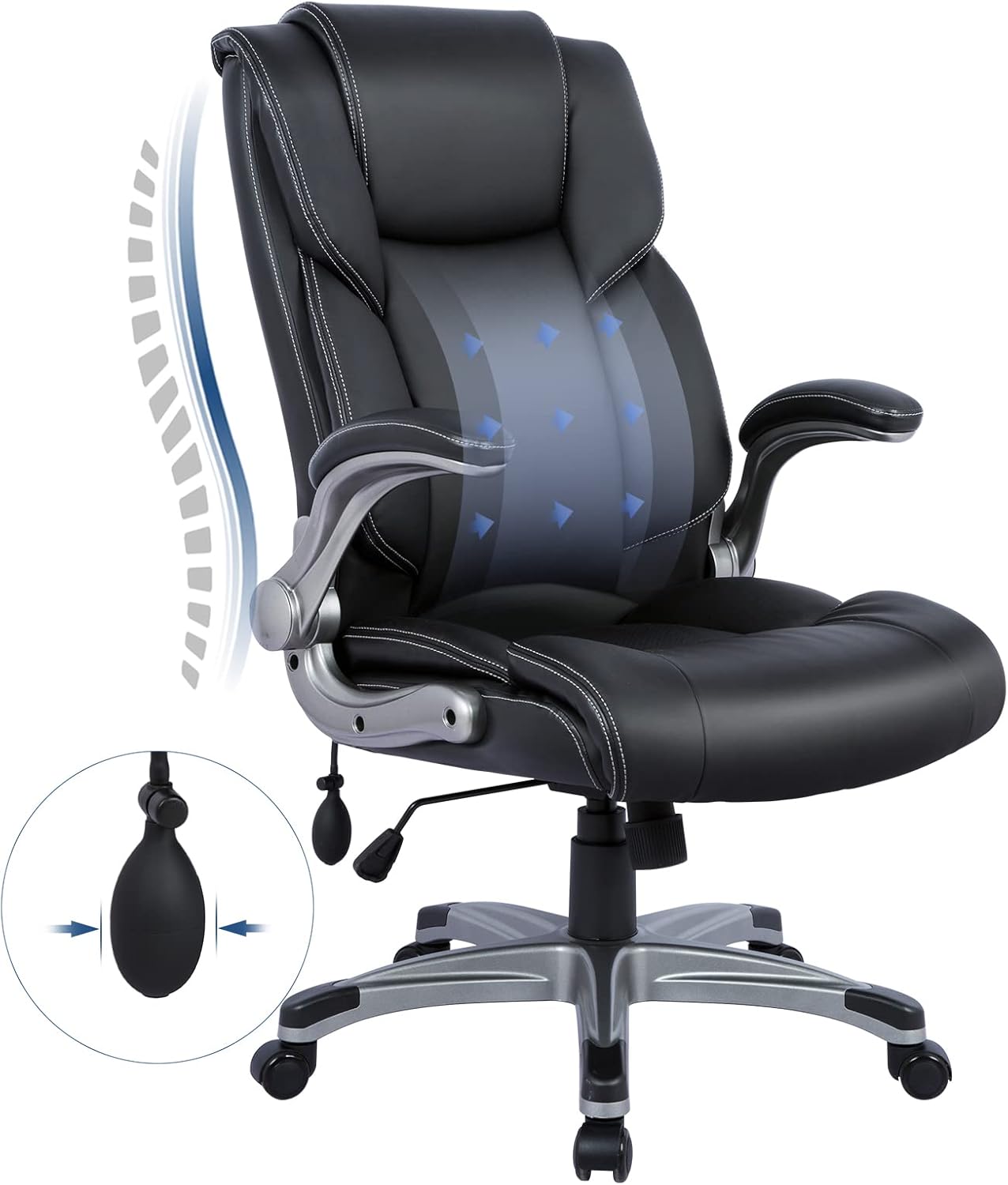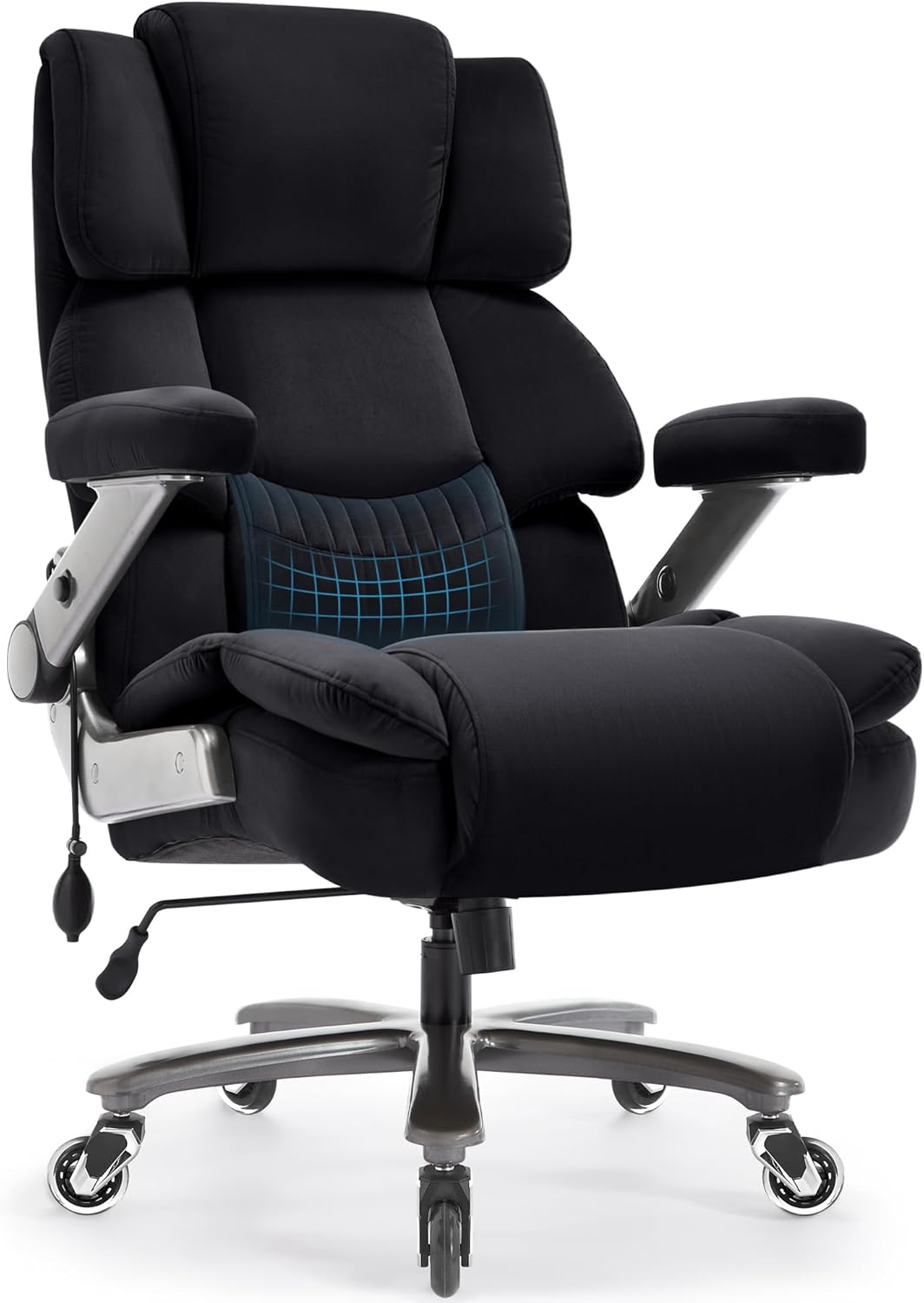After one too many power outages, I finally decided to invest in a backup generator—and I’m so glad I did. I didn’t need anything fancy, just something dependable enough to keep the fridge running, charge our phones, and maybe power a few lights during storms. I looked at things like wattage, fuel type, and how loud it would be. Portability mattered too—I didn’t want something bulky I couldn’t move. I went with an inverter generator since it’s quieter and better for sensitive electronics. Setup was easy, and it kicks on without fuss. Now every time the lights flicker, I don’t panic. If you’re in an area prone to outages, having a generator really does take a load off your mind. Peace of mind isn’t always cheap, but it’s worth it when the storm hits and everything stays on.
4 Best Home Standby Generators
(1) 12500 Watt Dual Fuel Home Backup Portable Generator, Remote Electric Start
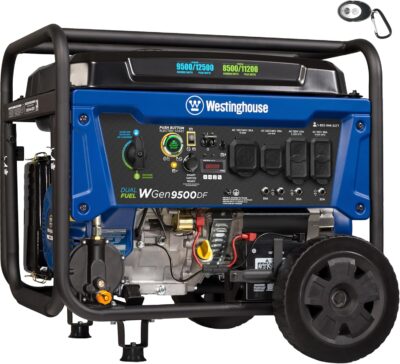
” This generator is not only extremely powerful and can drive my entire home, but th e setup/instructions and user friendliness are exceptional. ” – david farman
I set up my generator using a 20 lb propane tank, hooked up with the included regulator and hose. After opening the valve and adding a bit of gasoline to the tank, I flipped on the battery switch (worth noting: it won’t start unless that switch is on). The switch also makes it easy to shut off the engine fast, which is nice. I tested the Start/Stop button on the panel with both fuel modes—propane and gas—and it fired up no problem. The remote key fob worked like a charm too.
I even gave the recoil starter a try on both fuels. It started most of the time, but when I disconnected the battery to simulate it being dead, it struggled. Seems like the control panel still needs a little battery power even when using recoil. One heads-up—it’s loud. Not surprising for something this powerful, though. Outside, it sounds about like a regular gas lawnmower.
(2) Champion Power Equipment 9000-Watt Backup Portable Open Frame Inverter Generator
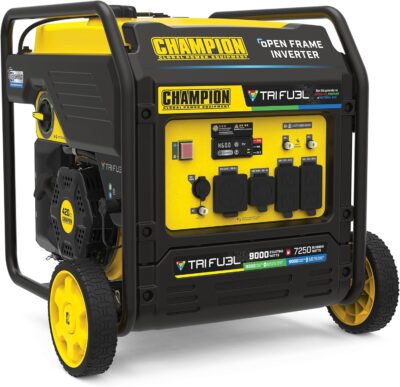
“…with this Champion generator connected to my house we almost couldn’t tell that the power was out.” – b williams
With a 9000W starting capacity, it easily powered everything I needed—refrigerator, lights, electronics—you name it. What really stood out was that it even kicked on my Lennox 2.5-ton AC unit without needing a soft or hard start kit. I did make sure only essential breakers were on, but still, that’s impressive muscle.
The tri-fuel option is a big win for me. I’ve tested it with gas and propane so far, and I like having the flexibility, especially during outages. The electric start adds serious convenience—no yanking cords, just a push and go.
It runs pretty quietly in eco mode too. Sure, outside of that mode it’s got a hum, but with this much power, that’s expected. The inverter tech really helps tame the sound and makes it more neighborhood-friendly. And the fuel efficiency? Spot on. It sips fuel and runs long.
(3) 13,000-Watt Dual Fuel Portable Generator – Gas & Propane, Electric Start
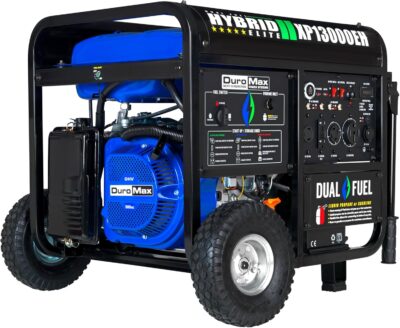
“Easy to set up. Easy to use. The heavy duty fold-down handles make it easy to move around.”
I was really impressed with how solid and thoughtfully designed the generator is. After putting on the wheels and handles—pretty minor stuff—it fired right up on gasoline without a hitch. The electric starter is one of my favorite parts. You just press the button for a couple of seconds, and it takes care of the rest, cranking automatically without needing to hold it down. Super convenient. What stood out to me the most was the owner’s manual. It’s actually clear, easy to follow, and probably one of the best I’ve come across—no vague instructions or confusing diagrams. I also had a quick question during setup and reached out to customer service. They were responsive and friendly, which made the whole experience even better. I’ve used it a few times already, and so far, it’s doing exactly what I needed it to do. Feels like a solid addition to my home backup setup.
(4) ECOFLOW Portable Power Station DELTA 2 Max, 2400W LFP Solar Generator
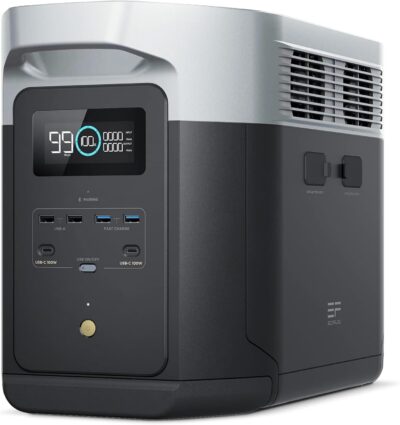
“This one meets my needs based on reviews. It fully charged within 1 hour. It can also charge using the car.” – ginny
I’ve been using this solar power generator setup for a bit now, and while both the battery and solar panel are on the heavier side, I can still move them around when needed. Down here in the Deep South, summer sun is intense, so I laid the panel flat on the ground where it could soak up direct sunlight. The cords aren’t super long, so I had to keep the battery close. I propped it up on a garden stand and tossed a white towel over it to prevent it from heating up too much—it’s dark gray and definitely attracts the sun. Just don’t forget and leave it out in the rain. Mine arrived with a 38% charge, and after two full days of adjusting the panel to follow the sun, it made it up to 76%. It’s great having the solar option, though I wouldn’t rely on it regularly since charging takes a while.
How Important is to Buy a Standby Home Generator?
A standby home generator isn’t a luxury—it’s a practical investment in security, continuity, and peace of mind. In an era when power outages are more frequent and unpredictable due to extreme weather, grid failures, and infrastructure stress, the ability to keep essential systems running can be the difference between inconvenience and disaster.
Power outages in the United States have been steadily increasing. According to the U.S. Energy Information Administration, the average American experienced over eight hours of power interruptions in 2020—a figure that continues to rise, especially in areas vulnerable to hurricanes, wildfires, and ice storms. In regions like Texas or California, where blackouts are common due to heatwaves or wildfire prevention efforts, a standby generator becomes almost a necessity.
Unlike portable generators, standby generators are permanently installed outside the home and connect directly to the electrical panel and fuel source (typically natural gas or propane). They turn on automatically within seconds of a power outage, without the need for human intervention. This means critical home systems—such as HVAC, refrigeration, lighting, sump pumps, security systems, medical devices, and internet connectivity—remain functional without interruption.
The importance becomes even clearer for those with medical needs. Homes with residents who depend on powered medical equipment—like oxygen concentrators, CPAP machines, or refrigerated medications—can’t afford hours or days without power. A standby generator can quite literally save lives.
There’s also the issue of home safety and protection. A prolonged outage during winter could lead to burst pipes; during summer, food spoilage and unsafe indoor heat levels. In flood-prone areas, sump pumps stop working without electricity, putting the home at risk. A standby generator mitigates all of these scenarios by keeping critical systems operational.
From a financial standpoint, the upfront cost of a standby generator—typically ranging from $4,000 to $10,000 including installation—might seem steep. However, the potential cost of one major incident due to power loss can exceed that investment. Consider the cost of spoiled food, hotel stays, damaged appliances, or flooded basements. Over time, the generator can pay for itself in avoided emergencies.
It’s worth noting, though, that not every household may need one. If you live in a region with minimal power outages and don’t rely on electrically powered medical devices or critical equipment, a portable generator might suffice. But for most homeowners, especially in high-risk areas, the reliability and convenience of a standby unit are hard to ignore.
In summary, the importance of a standby home generator comes down to risk tolerance, location, and need. It’s about ensuring continuity and protecting your home, health, and assets when the grid goes dark. For many, that makes it more than worth the investment.
How to Choose the Best Backup Generator for Your Home?
Choosing a backup generator for your home involves far more than picking a unit with the most wattage or the flashiest features. A well-selected generator can keep your household running smoothly through blackouts, storms, and natural disasters—protecting everything from refrigerated food to medical devices and heating systems. Understanding the types, fuel sources, sizing, and features of home generators is essential before making a decision.
First, consider the type of generator that suits your home’s needs. Homeowners generally choose between two main types: portable generators and standby generators. Portable generators are smaller, less expensive, and manually operated. They typically require refueling with gasoline and must be wheeled out and plugged into appliances or a transfer switch during an outage. Standby generators, by contrast, are permanently installed and connected directly to your home’s electrical system. They activate automatically when power goes out and run on natural gas or propane, which are more stable and convenient than gasoline.
Standby generators are more expensive to install, but they are also more powerful and require less user intervention. For homes where power continuity is critical—due to medical needs, frequent outages, or environmental concerns—a standby generator is usually the better investment.
Sizing your generator correctly is one of the most crucial aspects of your decision. If a generator is too small, it won’t support the appliances you rely on. Too large, and you’ll be overpaying for unnecessary capacity. Start by listing the essential appliances and systems you want to keep running: refrigerator, furnace, sump pump, lights, Wi-Fi router, and possibly air conditioning. Each has a wattage requirement—both starting and running watts. Adding these will give you a rough estimate of the size you need. For many homes, a generator rated at 5,000 to 7,500 watts will suffice. Larger households or those with higher energy needs might require 10,000 watts or more.
Fuel source is another key factor. Gasoline is easy to obtain but doesn’t store well for long periods. Propane burns cleanly and stores indefinitely, while natural gas provides a continuous supply if your home is connected to a municipal line. Each has trade-offs in availability, shelf life, and cost. Fuel efficiency should also be considered, particularly if you’re in an area where supply could be limited during a disaster.
Modern generators come with several helpful features. Electric start, low-oil shutoff, and automatic transfer switches increase safety and convenience. Wi-Fi-enabled monitoring systems allow you to track performance remotely, which is useful if the generator is powering a second home or vacation property.
Finally, always factor in installation, maintenance, and local permitting. A professional electrician is often required to install a standby generator, and routine maintenance is necessary to ensure long-term reliability. Check local codes, especially regarding noise levels and fuel storage.
In short, choosing a backup generator involves more than a trip to the hardware store. It requires a careful analysis of your home’s power needs, budget, and vulnerability to outages. Taking time to understand your options ensures that your home remains safe, functional, and connected—no matter what’s happening on the grid.

